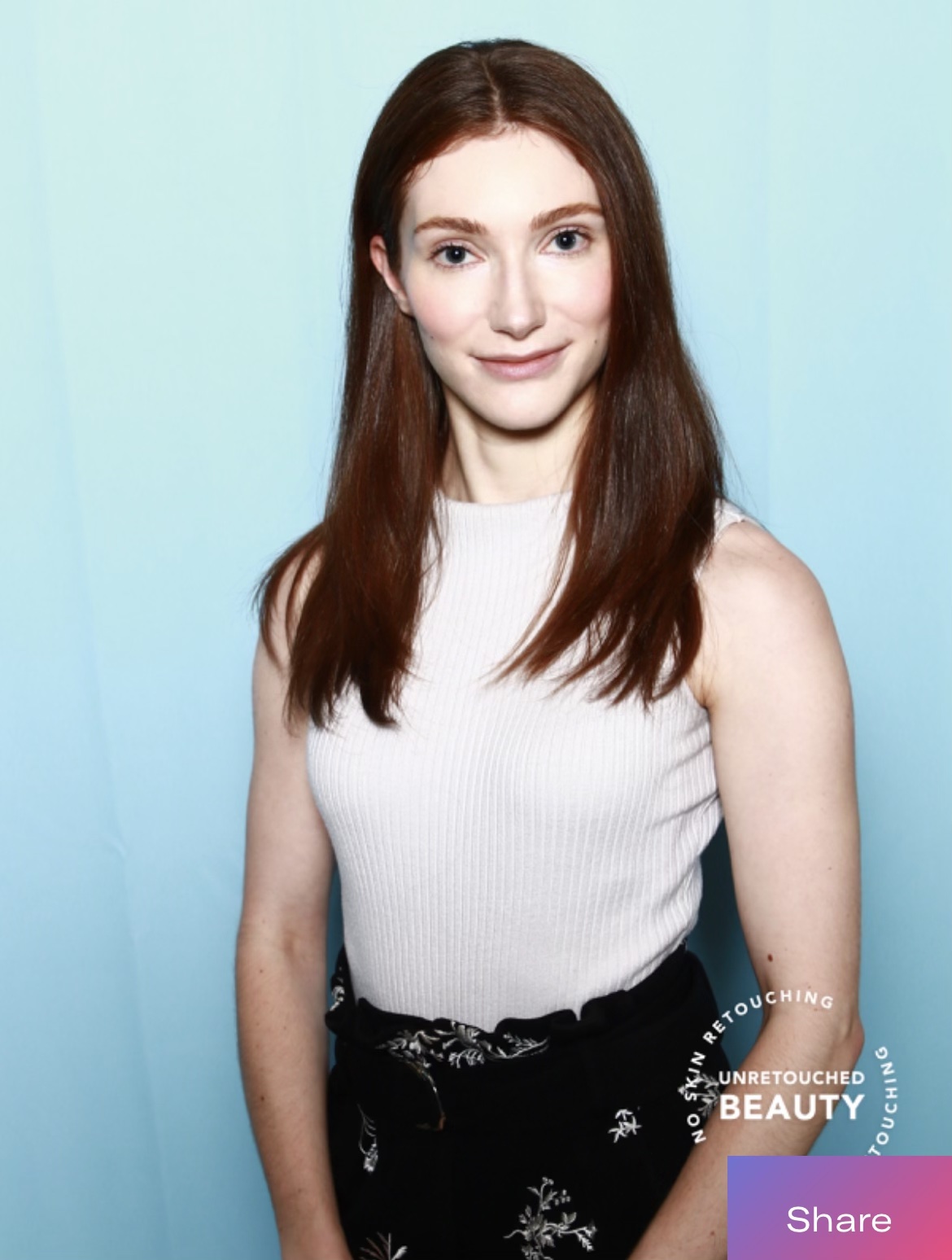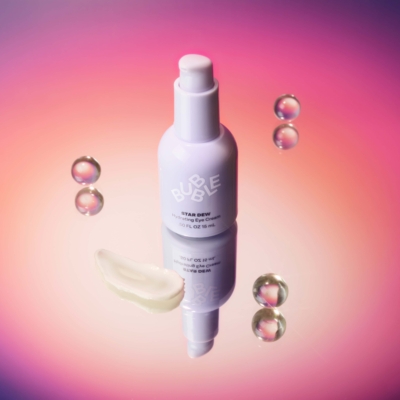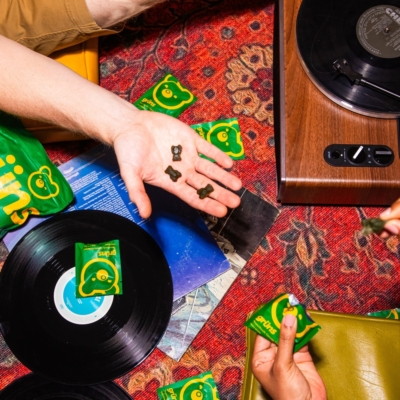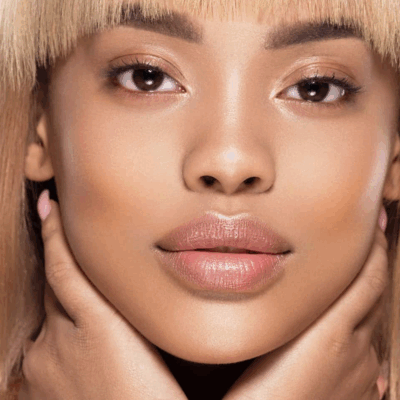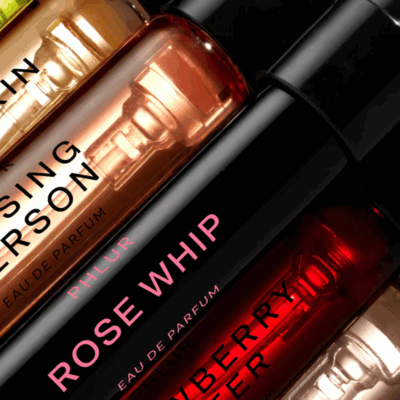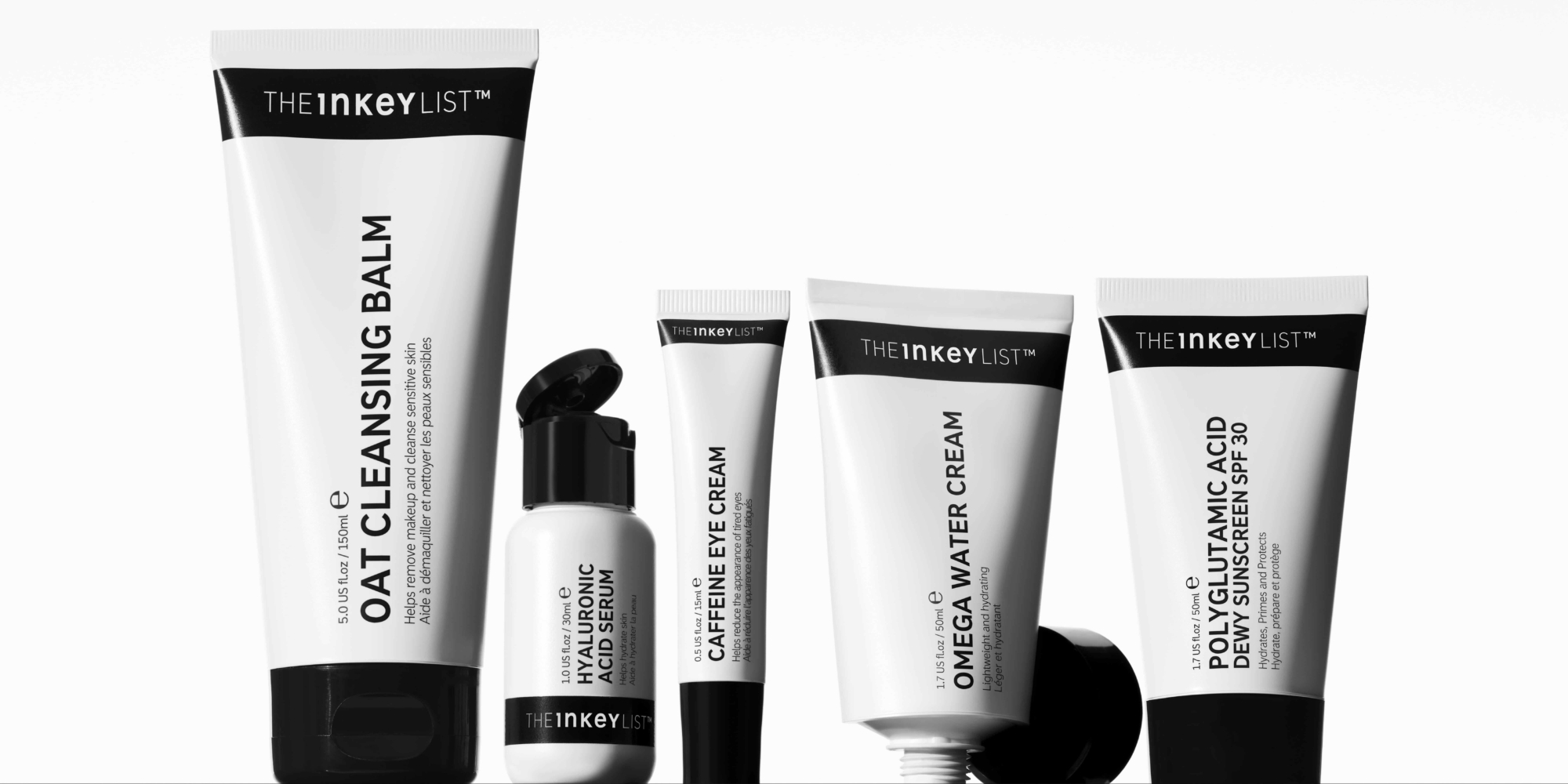
After Hero Cosmetics’ Exit, Aria Growth Partners Seeks Repeat Success With $152M Second Fund
Aria Growth Partners was one of the heroes in the trajectory of Hero Cosmetics, the maker of Mighty Patch that it invested in four years ago and helped sell to Church & Dwight for $630 million two years later.
Now, the growth equity firm wants to be a hero to several more brands. It just closed a second fund with $152 million and expects to do two to three deals a year with the capital from it. Aria provides $10 million to $30 million for minority stakes in high-growth companies generating $10 million to $50 million in revenues in the beauty, personal care, supplements and household products categories.
Along with Hero, Aria’s very first investment, LesserEvil was a major success for the firm. Started by consumer investment veterans Trevor Nelson and Jackie Dunklau in 2020, Aria invested in the snacks brand in 2023, and it sold to The Hershey Co. in April for a reported $750 million.
Currently, Aria’s portfolio contains The Inkey List, the skincare brand that recently landed in Ulta Beauty and industry sources told Women’s Wear Daily it’s expected to hit $200 million in retail sales this year, and Ultra Violette, the sun care brand that entered Sephora stores in March and WWD pegged as on pace to hit $33 million in 2025 net sales.
Aria’s new fund comes as mergers and acquisitions (see Rhode, Touchland, Medik8, Color Wow and more) are heating up in the beauty industry. “It’s encouraging to see. I feel like last year was the story of strategics having changes at the senior management level and thinking about their priorities, and I’m excited to see how, now that the table is set, people are going to transact,” says Dunklau. “I’m more optimistic for the rest of this year and next year.”
Beauty Independent asked Dunklau to elaborate on beauty M&A in the current market, segments Aria is zeroing in on for possible future investments, the pros and cons of hopping on Amazon early for an indie brand, and what kind of brands she’d create if she were a beauty entrepreneur.
What’s the status of beauty dealmaking?
Strategic [acquirers] are back to looking at high-growth, disruptive brands and how brands can fit into their portfolio, but there is a focus on profitability. That is perhaps different from what it was 10 years ago.
Anecdotally, there have been fewer exits in the $200 million to $300 million enterprise value range and more in the $600 to $1 billion range. Is that where the market’s going? Is it going to be fewer, but larger deals than 10 years ago, when you could build an indie brand to $50 million or $70 million in revenue, and [then] talk to strategics? It does feel like some of the deals done more recently have been a little bit later [in brands’ life cycles], but more profitable.
Explain more how the M&A dynamics have changed.
When we sold Hero and that was $630 million, the idea was, if we grow this brand to sell for $300 million, that would be a great outcome, but strategics are waiting for brands to get bigger now. Because of the way social media works, brands can scale and be more profitable more easily because they don’t have to spend that much on marketing when they hit a viral moment.
It feels like all the deals getting done are at $700 million-plus valuations. Are we going to see a $300 million acquisition again or are those days gone? If you think about 10 years ago, that was the only range that deals were getting done at for a strategic.
If you are a brand like Rhode, and you’ve only been doing it for a year or two, but you’ve already hit $100 million in sales, why not wait for another year? When you are three years in and a $300 million company, you sell for that bigger number. My question is, how are brands getting that big so quickly?
Ten years ago, it was hard to build a $50 million indie brand. It took a long time, a full management team and a strong Sephora relationship. Today, we meet brands that you have never heard of that are $30 million. I think Amazon, DTC and social media have helped build businesses quicker, and there may be a much more seismic shift in the next generation that might not be caught dead buying Clinique.
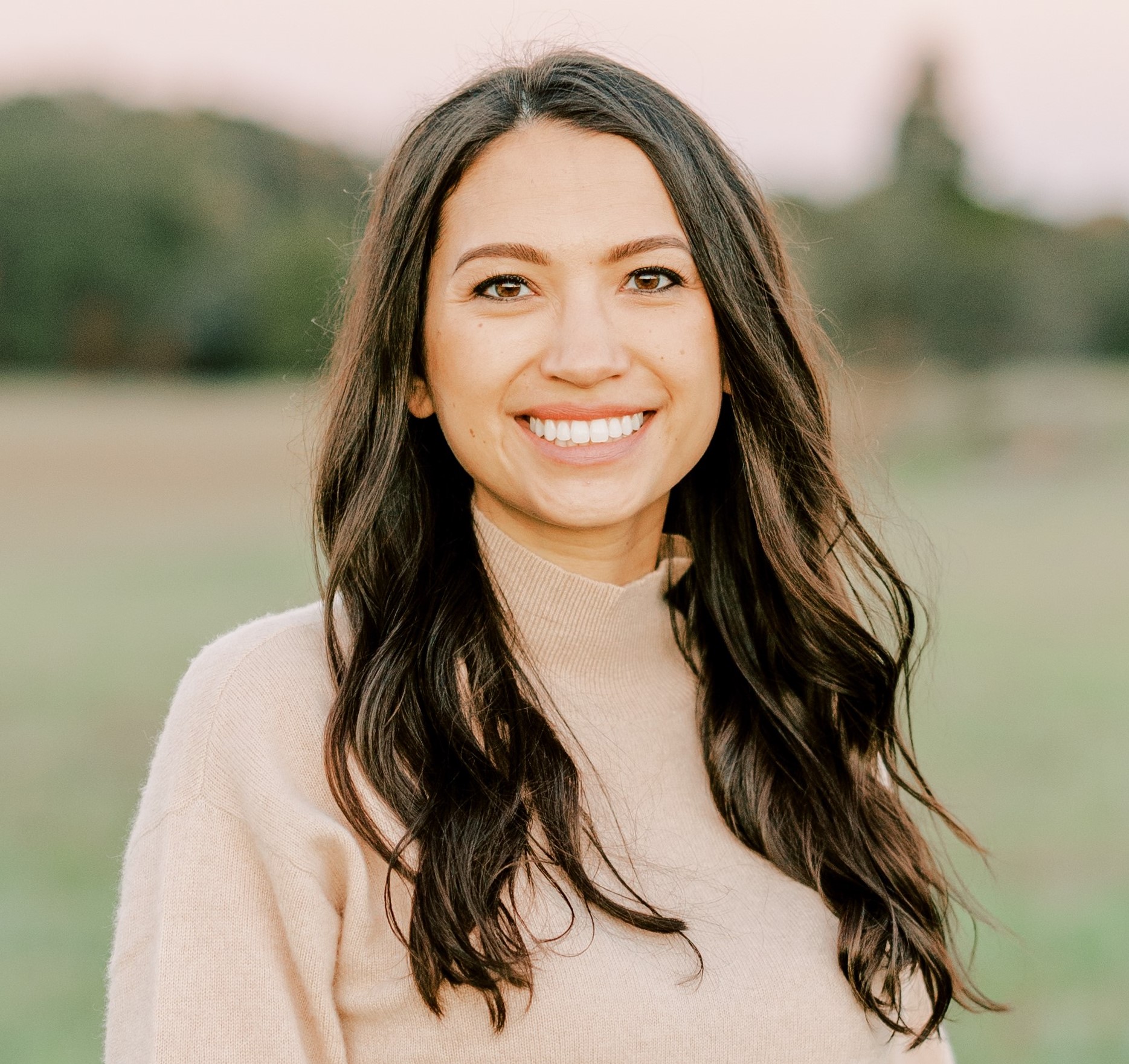
What categories is Aria looking at for investments?
Haircare is a pretty bright spot. We haven’t made a haircare investment yet, but that’s an area that we’re excited about. We’re always thinking about what the next big trend in hair will be. A few years ago, it was all about bond building. Before that, it was about hair regrowth.
We have seen a lot of deal flow in the fragrance space as well. Everyone’s seeing fragrance boom, and how the younger demographics are buying into it in a bigger way. We haven’t done anything in fragrance yet, but it’s a space we’re watching closely.
We’ve also seen more deal flow in the mass channel than in prestige over the last year. Some of the channel shifts in consumer purchasing have driven that, where consumers are shopping and buying beauty at Target or Amazon more than ever before. Some newer mass brands are gaining traction.
What do you want to see from brands you’re considering backing?
It starts with the product, making consumers feel like they’re getting something different in the marketplace. With Ultra Violette, for example, it offers amazing formulations in facial sun care so that you want to wear sunscreen every day under your makeup and as part of your daily routine.
We’re always looking for products that break compromises for consumers. If before they said, “Oh, well, I might want to wear sun care every day, but it pills up under my makeup or feels greasy and makes me break out,” and we find a product where consumers love it because they don’t have to compromise anymore, then that is key to our lens.
Similarly, with The Inkey List, it was a compromise of, “Oh, I want great active ingredients, but I have to pay a fortune for them.” However, The Inkey List has done a great job of delivering highly active products to consumers at a great value.
What should startup founders better understand about working with Aria?
Often, when we talk to founders, they say they don’t need capital, but it’s not always about the dollars, it’s more about the partnership and the strategic advice we can provide. There are a lot of misconceptions about raising money.
What I’d like founders to know is that we’re always a minority investor, which means we own a smaller stake in the company, but the founder remains the owner and is ultimately in charge. It’s more about how much the founder wants or needs us to be involved in the decision-making process.
What issues are you following that brands are facing today and over the next few months?
The tariff issue is real, and many companies are trying to figure out what their customs [costs] are. In the M&A environment, many companies may end up waiting to figure out everything before engaging in conversations with strategic buyers or private equity firms.
Nobody knows how enduring the tariffs are, right? If this lasts for three months, it’s probably not worth disrupting your entire supply chain to relocate things. But, if the tariffs are going to remain in place for two [or more] years, then maybe it is.
We see beauty brands increasingly launching Amazon early on similar to how Hero Cosmetics, which launched on Amazon first, did. What do you think of that strategy?
I don’t think it’s a bad thing to launch on Amazon first in the early days of your business and have it do the majority of your sales and be where you invest the majority of your time because it can be an efficient channel for brands that want to bootstrap. It’s just about where you go from there.
You can be fine starting on Amazon with an eye to developing other channels. The big thing with Hero and why they weren’t viewed as an Amazon brand that Thrasio was going to buy is because they were able to build out the retail channel. They had a Target business that became as big as their Amazon business.
Sometimes people go on Amazon with product, but they don’t think about brand. There are a lot of commodity products on there. What Hero did is they invested in building a brand and spent a lot of time thinking, what does this brand stand for? It’s about solving acne and giving people with acne confidence. They had a brand-first strategy, not an Amazon-first strategy.
How do you look at Amazon when you’re vetting brands for investment?
I look at it as an important channel as part of an overall picture, but I would still want to see that they have a retail partner and that they’re working at that retail partner. If it was purely Amazon, that would be hard for us to get comfortable with because we would want to know if it translates in store.
But I see why it’s attractive in the early days for brands that are bootstrapping. When you go viral on TikTok, it translates to Amazon sales, and because so many emerging brands are getting discovered on TikTok, it makes sense that Amazon is a good channel for them, but it’s hard because the customer is not as sticky as a customer at retail.
What pricing tiers of the beauty industry are you looking at for investments?
I have been looking at mass and prestige and not spending as much time on the ultra-luxury segment in beauty just because it’s a longer time horizon to build a luxury brand. If you think of the successful brands like Diptyque or Byredo, those were built over years and years, and they typically have a retail component to them so customers can experience them. Building a luxury brand means heritage and being in the market a long time.
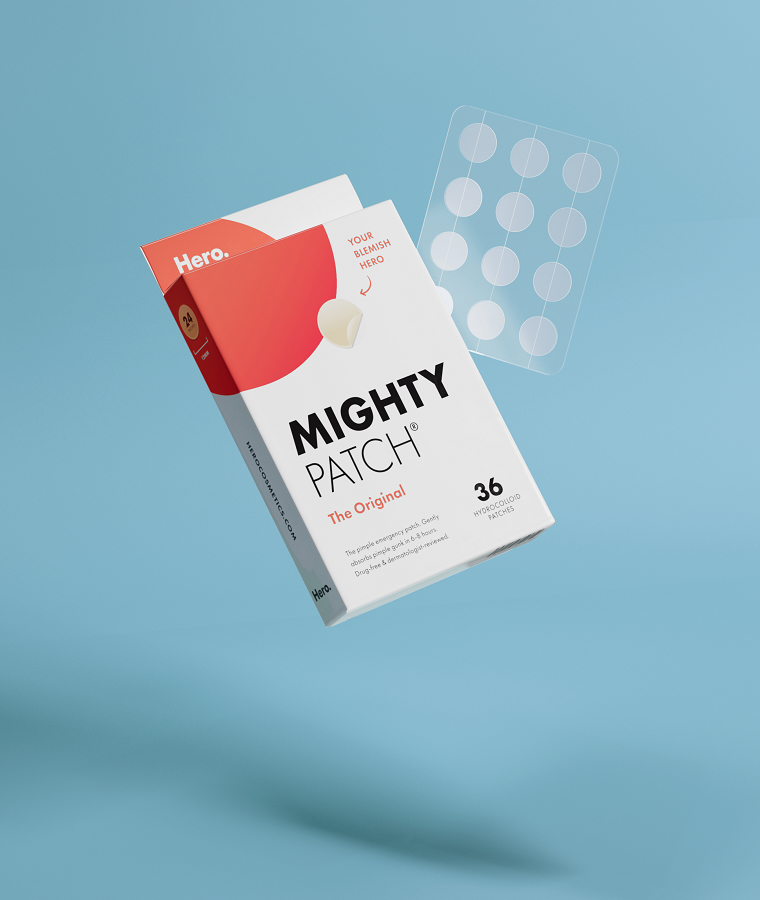
What about the professional channel?
It’s super attractive. We haven’t made an investment in it for similar reasons as luxury. It takes more time and effort to get scale and size, but it’s really defensible once you get there. It’s hard to sell into the professional network and build a salesforce. But strategics are looking for assets in that space and there are fewer assets, so if you build something of scale, you will have a lot of people interested.
There were several assets in the market last year that didn’t transact, primarily in the makeup category. What will happen to them?
Is someone going to emerge and roll things up to become a new L’Oréal, Estée Lauder or Unilever? Are we going to see more activity on the public market side?
The assets that didn’t trade last year are still good businesses with meaningful EBITDA. I think there’s going to be a new evaluation of how those find liquidity. I feel like something is going to happen there over the next 12 to 24 months, whether it’s rolling those companies together or having an IPO.
What opportunities do you see for an indie beauty brand starting out today?
Mass. I still feel like there’s opportunities to premiumize and bring fun and excitement to mass, especially where we are with consumer sentiment and inflation. If I were a founder, I would think about a new innovative concept in the mass channel. One company that’s done a good job at it is Zuru, which has launched Monday and Daise.
How do you assess the fragrance category?
To me, there are two ends of fragrance: luxury, often French fragrance and the new age Bath & Body Works. To some extent, that’s what Touchland or Sol de Janeiro are. It’s fun, giftable scents for impulse buying.
If I had to guess, the next deals will be in luxury. The acquisitions have been made in that giftable space unless someone new emerges. Like I said before, Daise has done a really good job. They are another one of those new age Bath & Body Works brands. But there’s probably more interest on the luxury side with brands like Parfums de Marly or Juliette Has a Gun that have gotten some scale.
What position do you want founders to hold on cap tables when you do deals with them?
It’s always nice when we talk to founders if they still own a substantial amount of the cap table. Then, they pick a partner based off the relationship and strategic advice as opposed to valuation. The hardest deals for us to do are because the founder gave away too much at the beginning, and they are looking for the highest valuation, and the lowest liquidity preferences to protect their ownership.
There’s always a distance between what you want to pay and what the founder wants to sell for, and there’s the art of the middle ground that’s easier to do if they own more. For them, if the valuation is 10% lower, it doesn’t really matter because, at the end of the day, they are optimizing for a strategic outcome, which could be incredibly life changing.
What’s going on with valuations now?
Last year, the ask was far apart. This year, founders and investors are more aligned on what valuations should be, and there’s a whole crop of startups that started not in the boom days post-COVID that have had to bootstrap to build up to where they are today.
We are seeing a lot more healthy, durable brands that have gotten to $20 million or $30 million by bootstrapping and by friends and family, not raising a $10 million seed round and looking for a series A.
